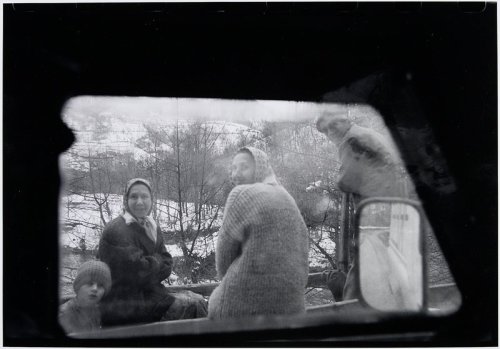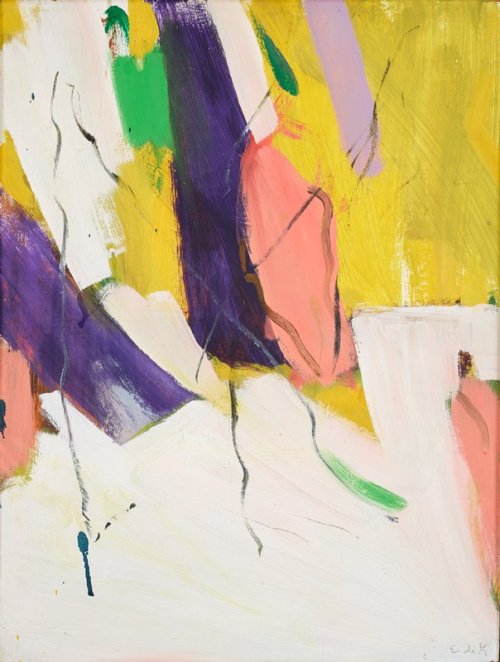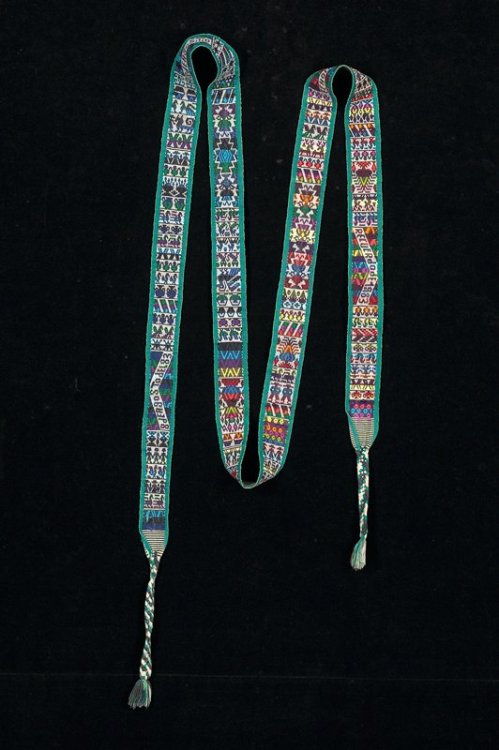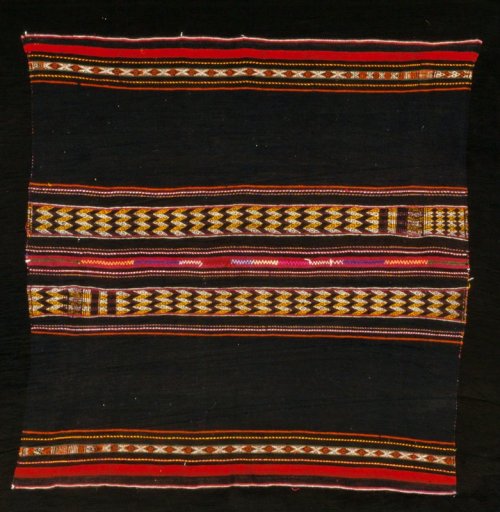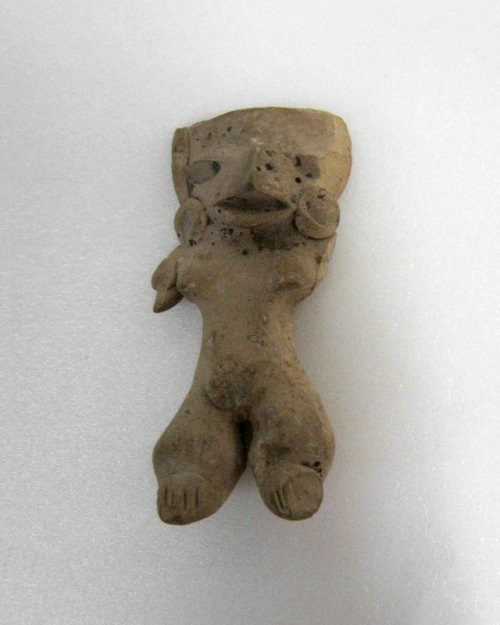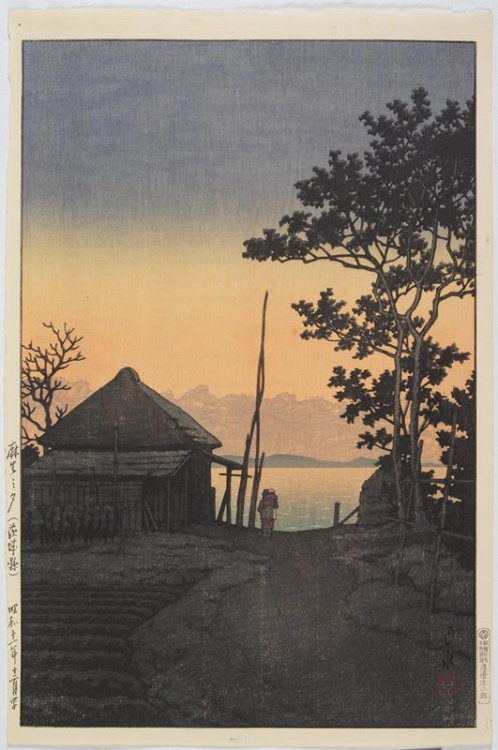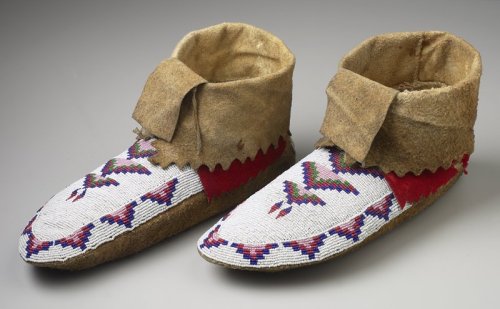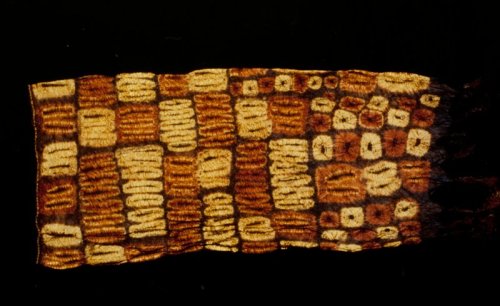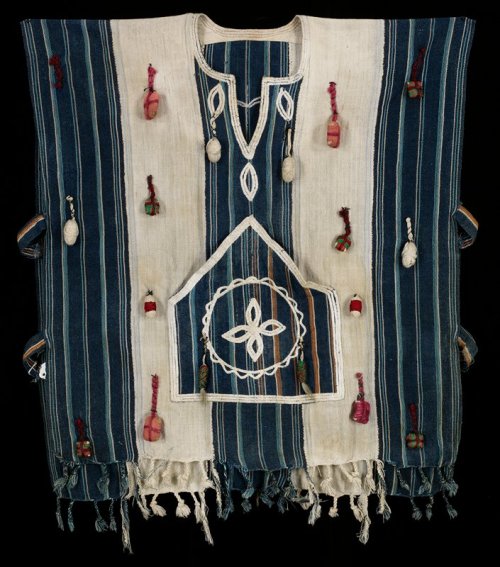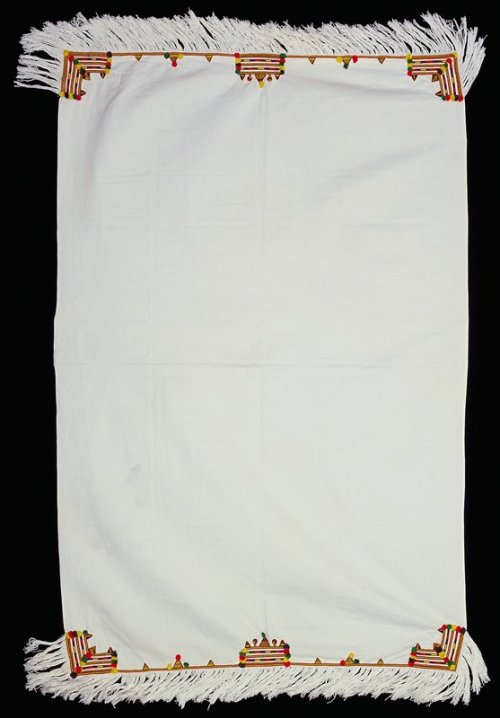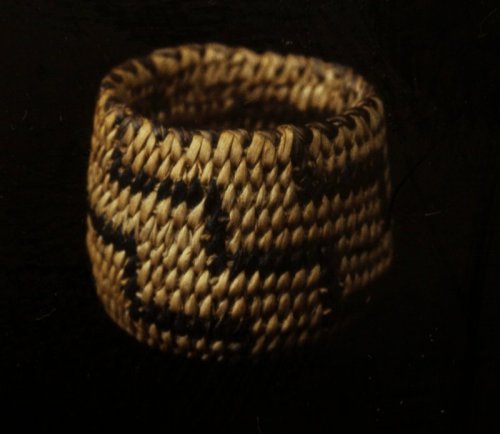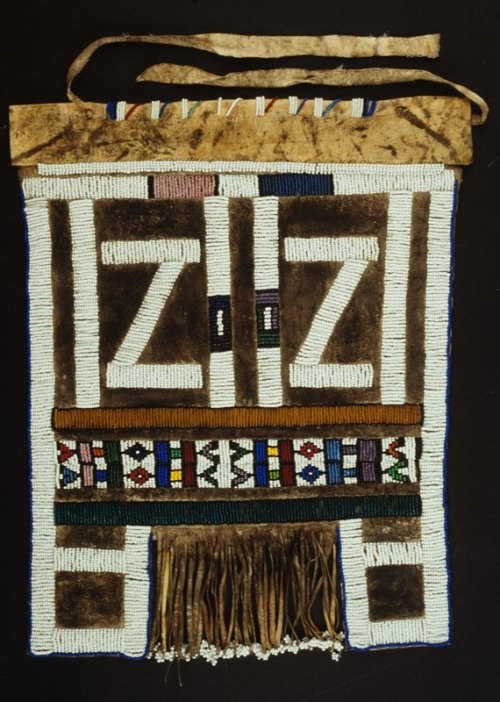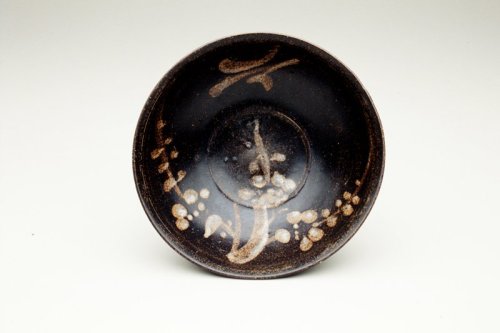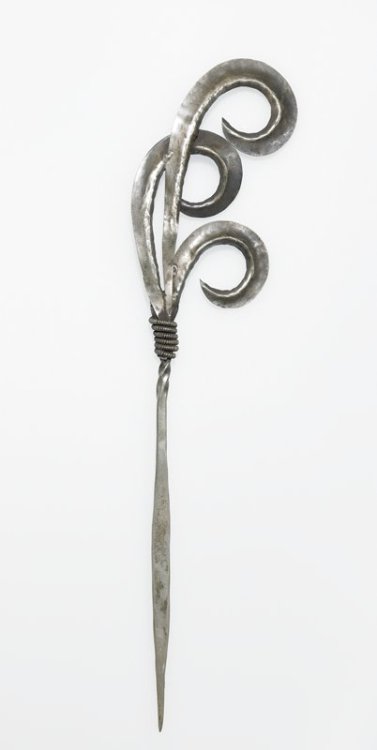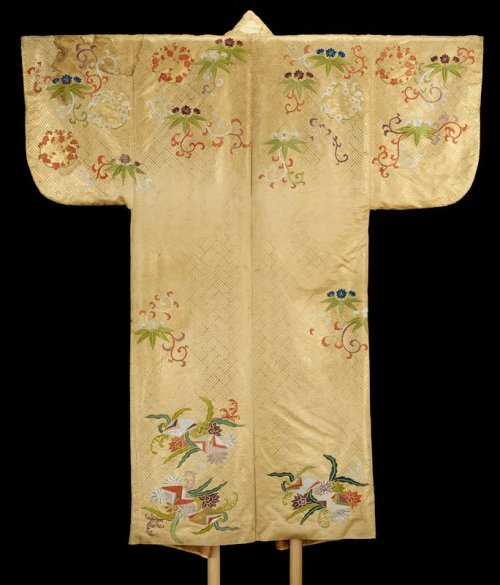#minneapolisinstituteofart
Faust, A Tragedy, Eugène Delacroix, 1828,Minneapolis Institute of Art: Prints and Drawings
Size: 16 ¾ x 11 in. (42.55 x 27.94 cm)
Medium: Lithographs on chine appliqué, letterpress; bound volume with modern binding
https://collections.artsmia.org/art/8025/
Post link
Bosnia, Gilles Peress, 1993,Minneapolis Institute of Art: Photography and New Media
Size: 9 5/16 x 13 5/16 in. (23.65 x 33.81 cm) (image) 10 7/8 x 13 15/16 in. (27.62 x 35.4 cm) (sheet)
Medium: Gelatin silver print
Post link
Fire Engine, Ron Kleeman, 1976,Minneapolis Institute of Art: Prints and Drawings
Size: 35 3/8 x 38 ½ in. (89.85 x 97.79 cm) (image)
Medium: Color screenprint
Post link
Untitled, Elaine de Kooning, 1981,Minneapolis Institute of Art: Paintings
abstract painting in white, pink, yellow, purple and green pigment; large, pronounced brushstrokes in pink, purple, white, yellow and green in the upper left quadrant; streaky yellow brushstrokes in upper right quadrant; large white brushstrokes on bottom; grayish-blue squiggly lines overlap colored sections
Size: 23 15/16 × 18 1/8 in. (60.8 × 46.04 cm) (panel) 24 5/8 × 18 ¾ × 1 5/8 in. (62.55 × 47.63 × 4.13 cm) (outer frame)
Medium: Acrylic on board
Post link
Woman’s belt (faja), 1983,Minneapolis Institute of Art: Art of Africa and the Americas
long woven band, green stripes on sides, central band of geometric motifs green, orange, blue, magenta, pink; several sections of inscriptions
Size: L.102 x W.1-¾ in. (with fringe)
Medium: Cotton; discontinuous weft patterning
https://collections.artsmia.org/art/5941/
Post link
Shield (lava lava), 20th century,Minneapolis Institute of Art: Art of Africa and the Americas
vertical shield tapered toward top, both top and bottom edges pointed; tan ground with dark bands adorn lower and upper body, most noticeable is a checked band near bottom at widest point; has own mount Extremely light and maneuverable, the shield (lava lava) was essential to the men of the Solomon Islands. Shield forms varied by region but most were made of coiled cane and decorated with dye. In battle, these shields were used to deflect arrows and spears as well as execute complex movements. This ability to wield the lava lava was gained after a long apprenticeship during adolescence. Shields, often passed down through generations, were only given when the young men were deemed ready. Even after Western firearms were introduced and it no longer served defensive purposes, the lava lava was still carried everywhere, representing the shield-bearer’s social rank as well as his personal identity.
Size: 34 3/8 x 9 ¾ x 1 ¼ in. (87.31 x 24.77 x 3.18 cm)
Medium: Raffia
https://collections.artsmia.org/art/5751/
Post link
Linen border, 17th century,Minneapolis Institute of Art: Art of Africa and the Americas
A border of linen embroidered with red silk background upon which birds fronting vases with plants (probably so-called tree of life) small animals and other fomrs are outlined in brown sillk (which may have originally have been blue stitches. Two outer narrow borders with leafy ornato. Design is evidently a repeated one, of which this specimen is half.
Size: 5 ¾ x 11 ¼ in. (14.6 x 28.6 cm)
Medium: Linen, silk; needlework
https://collections.artsmia.org/art/13473/
Post link
Chullo (hat), 20th century,Minneapolis Institute of Art: Art of Africa and the Americas
Chullo for a single man Taquile Island is located on the Peruvian side of Lake Titicaca. Taquile’s textile arts are well regarded and were declared Masterpieces of the Oral and Intangible Heritage of Humanity by UNESCO in 2005. Male Taquileños knit hats, belts, and other items, while women spin and weave. These hats are customarily worn by men and communicate marital status; single men wear white and married men red.
Size: 20 x 10 in. (50.8 x 25.4 cm) (including fringe)
Medium: Wool, synthetic
https://collections.artsmia.org/art/26135/
Post link
Shawl (Llklla), 1965-1975,Minneapolis Institute of Art: Art of Africa and the Americas
Size: 39 x 37 in. (99.1 x 94.0 cm)
Medium: Wool
https://collections.artsmia.org/art/50159/
Post link
Standing figure, 200-700,Minneapolis Institute of Art: Art of Africa and the Americas
Standing Figure with stub arms, button slash feet, applique earplugs, pinch nose and arm rosette. Burnished buff clay,. Right arm missing at shoulder, Mexican (Michoacan) 200-600AD
Size: 2 5/8 x 1 5/8 x 1 in. (6.7 x 4.1 x 2.5 cm)
Medium: Earthenware
https://collections.artsmia.org/art/24422/
Post link
Dusk at Asō, Ibaraki Prefecture, Kawase Hasui, December 1936,Minneapolis Institute of Art: Japanese and Korean Art
landscape; sunset with mountains in background, water in middle ground; figure on path next to building at L; trees at R
Size: 14 ¼ × 9 ½ in. (36.2 × 24.13 cm) (image) 23 × 19 × 1 ½ in. (58.42 × 48.26 × 3.81 cm) (outer frame)
Medium: Woodblock print; ink and color on paper
Post link
Pair of Woman’s Moccasins, 1880s,Minneapolis Institute of Art: Art of Africa and the Americas
tightly beaded upper on top of foot with geometric design in pink, green, red and blue with white ground; red wool edge around heel
Size: 5 1/16 x 4 x 10 ¼ in. (12.9 x 10.2 x 26 cm) (each)
Medium: Animal hide, wool, beads
https://collections.artsmia.org/art/13606/
Post link
Woman’s skirt, 20th century,Minneapolis Institute of Art: Art of Africa and the Americas
Woven into a tube with fringe on bottom edge and finished at top; decorated with light tan and light brown ovals of various sizes on a dark brown ground The Dida of Côte d'Ivoire produce some of the most striking and unique textiles found in Sub-Saharan Africa. Using the unusual technique of oblique interlacing, Dida artisans painstakingly plait up to 1,500 strands of raffia into a long, narrow tubular form. When the garment is completed, it is embellished with intricate, bound and stitched-resist dye techniques in repeating patterns of rectangles, circles and elongated ovals. Because of the complexity of their production, these objects were very costly to acquire and were seen as indicators of wealth and status within Dida society. They were worn or displayed at ritual occasions such as marriages, natal celebrations or funerals of important people. Today, very few Dida continue to produce these textiles, and examples remaining in the culture are highly prized.
Size: 33 ½ x 15 11/16 in. (85.09 x 39.85 cm) (without fringe)
Medium: Raffia; oblique interlacing, resist tie-dye and stitched-resist dye
https://collections.artsmia.org/art/12014/
Post link
Tunic (faroumban), Unknown Senegal, 20th century,Minneapolis Institute of Art: Art of Africa and the Americas
pull-over garment with open sides, with two horizontal fabric tabs on each side; blue, white and orange striped fabric; twisted and knotted fringe; pouch pocket decorated with round medallion stitched in white; white stitching around neckline; embellished overall with square and ovoid 3-D elements wrapped in thread or yarn of various colors; white heart stitched on back A man who feels sick or depressed, or who runs out of luck, consults a traditional healer, usually a herbalist. Sometimes the healer prescribes a special garment to be worn next to the skin, made of pure cotton and loaded with talismans. These talismans, made of cotton and wool, are reminiscent of the little leather amulets attached to hunters’ garments. In the Senegalese Wolof language this type of tunic is called farumbaam, which means “donkey ribs.” The name refers to the way in which the front and back of the tunic are connected by narrow strips of cloth.
Size: 26 ¾ x 25 in. (67.95 x 63.5 cm) (without side tabs or fringe)
Medium: Cotton, wool (?), animal hair
https://collections.artsmia.org/art/109923/
Post link
Amendil, 20th century,Minneapolis Institute of Art: Art of Africa and the Americas
white with fringe on both short sides and around corners; multicolored embroidered bands at both short sides, corners and center of short sides with colored pompoms. Surface ornamentation (Needlework)
Size: 39 5/8 x 62 in. (100.6 x 157.5 cm) (without fringe)
Medium: cotton
https://collections.artsmia.org/art/12244/
Post link
Basket, 20th century,Minneapolis Institute of Art: Art of Africa and the Americas
miniature basket; woven grass fibers; geometric design
Size: 5/8 x ¾ x ¾ in. (1.6 x 1.9 x 1.9 cm)
Medium: Grass fibers
https://collections.artsmia.org/art/2122/
Post link
Skirt, 20th century,Minneapolis Institute of Art: Art of Africa and the Americas
Size: 20-½ x 17-¼ in. (52.1 x 43.8 cm)
Medium: Leather, beads
https://collections.artsmia.org/art/4218/
Post link
Tea Bowl, 10th-11th century,Minneapolis Institute of Art: Chinese, South and Southeast Asian Art
bowl, flared sides with finger groove below rim; interior design, prunus branch and crescent moon; dark brown glaze; knife cut foot with no glaze
Size: 2 7/16 x 6 9/16 in. (6.19 x 16.67 cm)
Medium: Qizhou ware Stoneware with black glaze and slip-decorated prunus branch and moon motif
Post link
Hair Pin, Date Unknown,Minneapolis Institute of Art: Chinese, South and Southeast Asian Art
hair pin with sharp end; top decoration of three curled silver pieces; thin silver wire twisted into cording is wrapped around pin where pin and decoration meet
Size: 10 1/16 x 2 ½ x 3/8 in. (25.56 x 6.35 x 0.95 cm)
Medium: Silver
Post link
Noh costume (nuihaku) with floral motifs, Unknown Japanese, 18th century,Minneapolis Institute of Art: Japanese and Korean Art
gold ground with metallic gold grid design; embroidered leaves and flowers in green, orange, royal blue, lavender, white and deep purple Nuihaku robes combine embroidered designs and applied gold or silver leaf and are used as costumes in the Japanese musical drama called Noh. Usually worn by male actors playing female roles, they serve as inner garments beneath an outer robe called a karaori. This example features a ground of gold leaf applied to the silk surface to form a geometric pattern, on top of which are embroidered clusters of floral motifs in green, white, orange, purple, and blue silk threads. Since these types of robes are often worn turned down at the waist and then covered with a sash, the designer of this robe left this area free of designs, in a style known as koshi-ake, which literally means “blank waist.”
Size: 65 x 54 in. (165.1 x 137.16 cm)
Medium: Silk embroidery and gold leaf on silk
Post link


